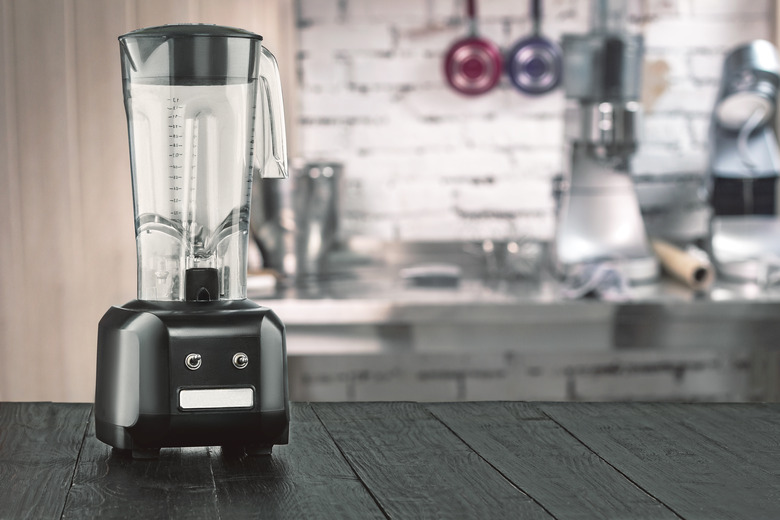What Can A 1,000-Watt Generator Run?
If you're an avid camper or you live in a storm-prone region, buying a generator might be on your mind. The question is: What size will you need? A 1,000-watt generator is often a well-priced appliance that you'll find at most home centers. You could likely pick one up for under $200, but what will a 1,000-watt generator run?
Starting Versus Running an Appliance
Starting Versus Running an Appliance
Just because an appliance says it's a 1,000-watt load doesn't mean it actually is; it may take more to run. The problem is that starting an appliance can take more juice than running it. This is where it's helpful to know about reactive versus resistive loads.
A resistive load is usually when the appliance generates heat transfer of some kind. Good examples are toasters, coffee makers and even light bulbs.
On the flip side, heavier load drain comes from reactive appliances. These require a big initial charge of electricity but then use less at the optimal running condition. Think of air conditioners, water heaters, refrigerators, freezers and even many power tools.
What It Won’t Do
What It Won't Do
If you're thinking of using a 1,000-watt generator at a work site, it likely won't get the job done. From power saws to air compressors, the load required will generally exceed what's available. Even if the running load meets the limit, start-up will likely exceed it.
At home, even if you've got a smaller Energy Star fridge, the refrigerator wattage likely won't be covered by a 1,000-watt load at start-up despite easily running on a fraction of that at optimum operation. It won't run a 1,000-watt microwave either because its running load is more like 1,500 watts. The only microwave it will run is a 650-watt or lower microwave, and it will use 100 percent of the generator's load.
What it can do, but with caution, is run your audio-visual equipment. If the power goes out during the Super Bowl, you can use it for your new flat-screen TV, but aim at 50 percent or less of the generator's peak load for everything you're powering. So, in this instance, that would be under 500 watts, including the TV. Generators running at 75 percent or more can cause something called "harmonic distortion," which can damage computers and televisions, so that's why you want to limit the load to keep the power supply stable and nondistorting.
Appliances Suited to 1,000-Watt Generators
Appliances Suited to 1,000-Watt Generators
While the following are common power loads for these items, this list should not be taken as authoritative. Each appliance will vary, so it's important to check your model's user manual for the right figures. Many things are not listed here, and that's because 1,000-watt generators are really meant for low-electricity situations like camping. If you want something to do more than what's below, you should be looking at a more powerful generator. After all, it's better to have the power and not need it than to not have it when you need it, right?
There are online generator calculators, but the basic formula is amps x volts = watts. So, a 5A appliance running on 120V will be 600 watts.
- Light bulbs – as indicated on bulb: 12 watt, 60 watt, etc.
- Laptop computers are 250 to 500 watts, starting and
running - Desktop computers are typically 600 to 800 watts, starting
and running - 4-cup coffee maker – 600 watts, starting and running
- Flat-screen TV between 20 and 46 inches – 120 to 150 watts,
starting and running - Dishwasher – 500 to 600 watts, starting and running
- Furnace fan – for one-fourth horsepower, it's 1,000 watts starting
and 600 watts running, and anything bigger will require a larger generator - Blender – starting at 850 watts, running at 400 watts
- Slow cooker – 170 to 300 watts, starting and running
- Portable fan – 120 watts starting, 40 watts running
